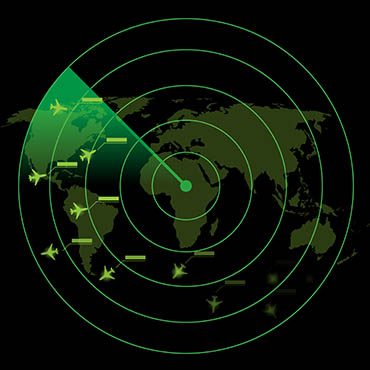Airspace integration takes more than tech

Integrating commercial space vehicles into the National Air Space is an organizational challenge as well as a technical one, experts say.

The growth in commercial space traffic will mean changes in the way the skyways are managed. Integrating an increasing number of commercial space vehicles safely into the same airspace used by commercial aircraft takes more than technical know-how, according to aviation and technology experts.
The commercial space industry is working with the federal government not only to develop a technological capability to keep commercial aircraft and spacecraft safe. They are also working to develop safety protocols like those long established in commercial aviation.
Commercial space operators might ultimately be able to file a "file and fly" plan a day, or even a few hours, ahead of a launch just as commercial aircraft can, SpaceX project lead Kevin Hatton said at the at the 20th Annual Commercial Space Transportation Conference in Washington. However, that capability could be a few years away.
Integrating commercial space operations and aviation in the National Air Space, said Hatton, "is going to move towards more routine," and away from the Not the 'once a month' event it can be currently.
Although the commercialization of space has began decades ago, it has accelerated in the last five years. Launches from inland and seaboard private launch sites have become increasingly common, complicating regular aviation in the airspace above the U.S.
Melding commercial space traffic and commercial aviation traffic is achievable in the next few years, said Juan Alonso, a professor at Stanford University/FAA Center of Excellence. A technique called "4D Special Use Airspace Research" offers a way to combine compartmentalized, narrow "shrink wrapped" airspace paths and real-time dynamic reactions to accidents to prevent mishaps, said Alonso.
That capability relies on the continued roll-out of the FAA's NextGen Air Traffic Control system, particularly En Route Automation Modernization and Data Comm capabilities that supplement voice communication between controllers and pilots with digital text messaging, said Michelle Schwartz, an aerospace industry consultant and former FAA chief of staff.
However, making launches a routine part of the NAS is more than just getting the technology straightened out. It also requires deep industry-government collaboration, said Schwartz.
Commercial aviation hammered out committees to address a host of issues as that industry developed over the last 60 years or so, she said, and commercial space operators can follow that model. The FAA has some usable models for public-private collaboration in house, said Schwartz, including the Drone Advisory Committee and the NextGen Advisory Committee.
To be more effective, Schwartz said that the commercial space industry must think of itself as integral to the national airspace.
"Stop acting like exceptions. Embrace all airspace issues," she said, "Enter a larger conversation with all players."
NEXT STORY: NASA's shadow IT problem


